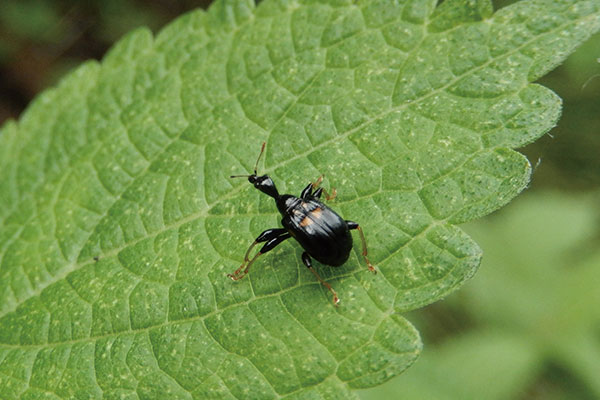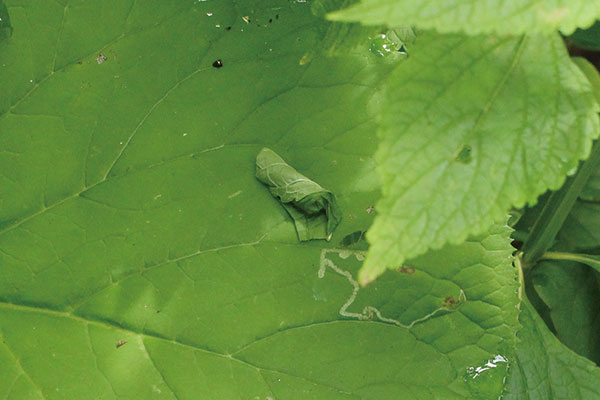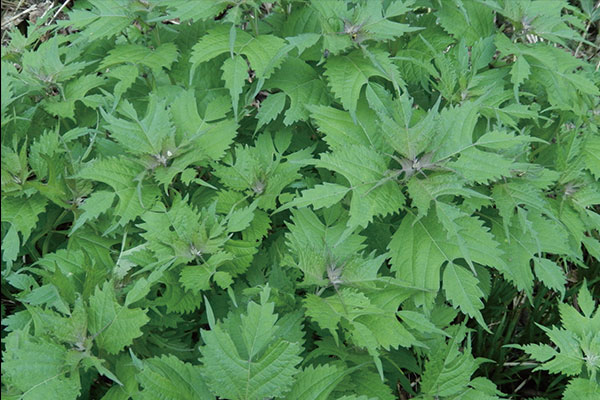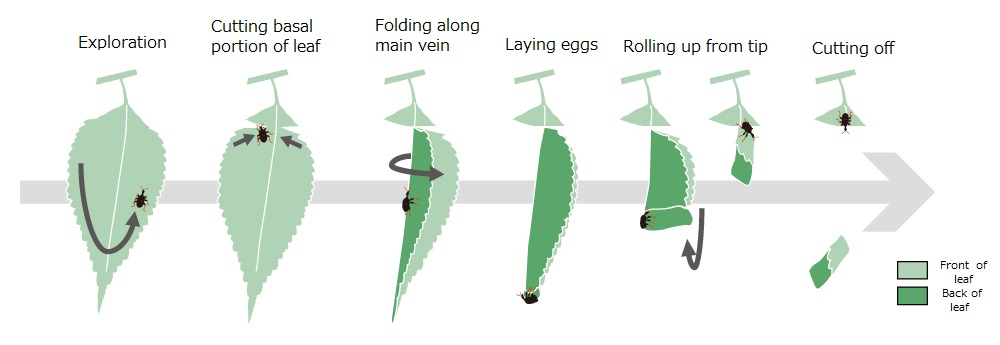Why do maple trees turn red in autumn?

An introduction to academia starting with “Why?”
After making a list of questions which would pique anyone’s interest, we asked faculty members on campus who might be knowledgeable in these areas to answer them from the perspective of their respective expertise. Let’s take a look into the world of research through questions that you feel you know something about, but cannot answer definitively when actually asked.
Q2. Why do maple trees turn red in autumn?
Autumn is a beautiful time of year when some trees turn red and amber. But why do they change colors in the first place? To please people?A warning against eating leaves?
Leaves contain chlorophyll, the green pigment, which is vital for photosynthesis. In trees such as the Japanese maple, chlorophyll is broken down in autumn when the weather turns cold, while anthocyanin pigment is synthesized, giving the leaves their reddish color. Incidentally, ginkgo leaves turn yellow because the carotenoid pigments, originally contained in the leaves, become more prominent as chlorophyll decreases.
For what purpose do the leaves turn red? And what is the purpose of synthesizing anthocyanins? Here, I would like to address two hypotheses.
The first is to protect the leaves from excessive light. Excess light on leaves with reduced photosynthetic activity due to chlorophyll breakdown can cause cell damage and early leaf drop. Anthocyanins may be synthesized to prevent this and promote the translocation of nutrients from the leaves to the trunk. Since anthocyanins absorb short-wavelength light, they are thought to moderate the amount of incoming light, like a parasol.
The second hypothesis as to why leaves turn red is to warn plant-eating insects. The red color is a sign to tell insects to stay away because the leaves contain a lot of defensive substances or are not nutritious, etc., and nothing good will come out of eating them. This is especially true for insects such as aphids, which migrate to trees in autumn to lay overwintering eggs, which hatch in the spring and cause damage. Aphids, for example, not only suck on leaves but can also transmit viruses, so they need to be kept away as much as possible.
The latter theory particularly presents the interesting idea that autumn leaves may have evolved through interactions with insects, but that remains to be verified. While some studies support this hypothesis, others contradict it, so further research progress is hoped for.
For leaf-rolling weevils, leaf shapes determine their usability
My lab studies mainly insect-plant interactions. In particular, I am investigating the relationship between the leaf-rolling weevil, a plant-eating beetle, and the shapes of leaves. Female leaf-rolling weevils roll plant leaves to form a what is called a “cradle.” Eggs are laid in the cradle, and the hatched larvae feed on the leaves inside the cradle and grow into adults. These cradles are often cut completely from the leaf and dropped to the ground, giving them the name “otoshibumi” (meaning “dropped letters” in Japanese) because they look like scrolls of letters (they are also models for Japanese sweets).



Believing that an incised leaf may be more difficult to make a cradle from, I compared leaves with and without deep incisions at the tip and found that incised leaves did indeed prevent the formation of a cradle. Leaf-rolling weevils walk around leaves to explore them before rolling them up. They usually don’t complete their exploration if the leaf is incised, perhaps because they get lost in their route. I am currently trying to quantitatively clarify these conditions. Some members of the same family of leaf-rolling weevils use multiple leaves to make a cradle, while some moths and butterflies use thread to bind and wrap the leaves. I hope to investigate the relationship between leaf shape and the various leaf processing methods of these insects.

* This article was originally printed in Tansei 45 (Japanese language only). All information in this article is as of September 2022.



 Answered by Yumiko Higuchi
Answered by Yumiko Higuchi


